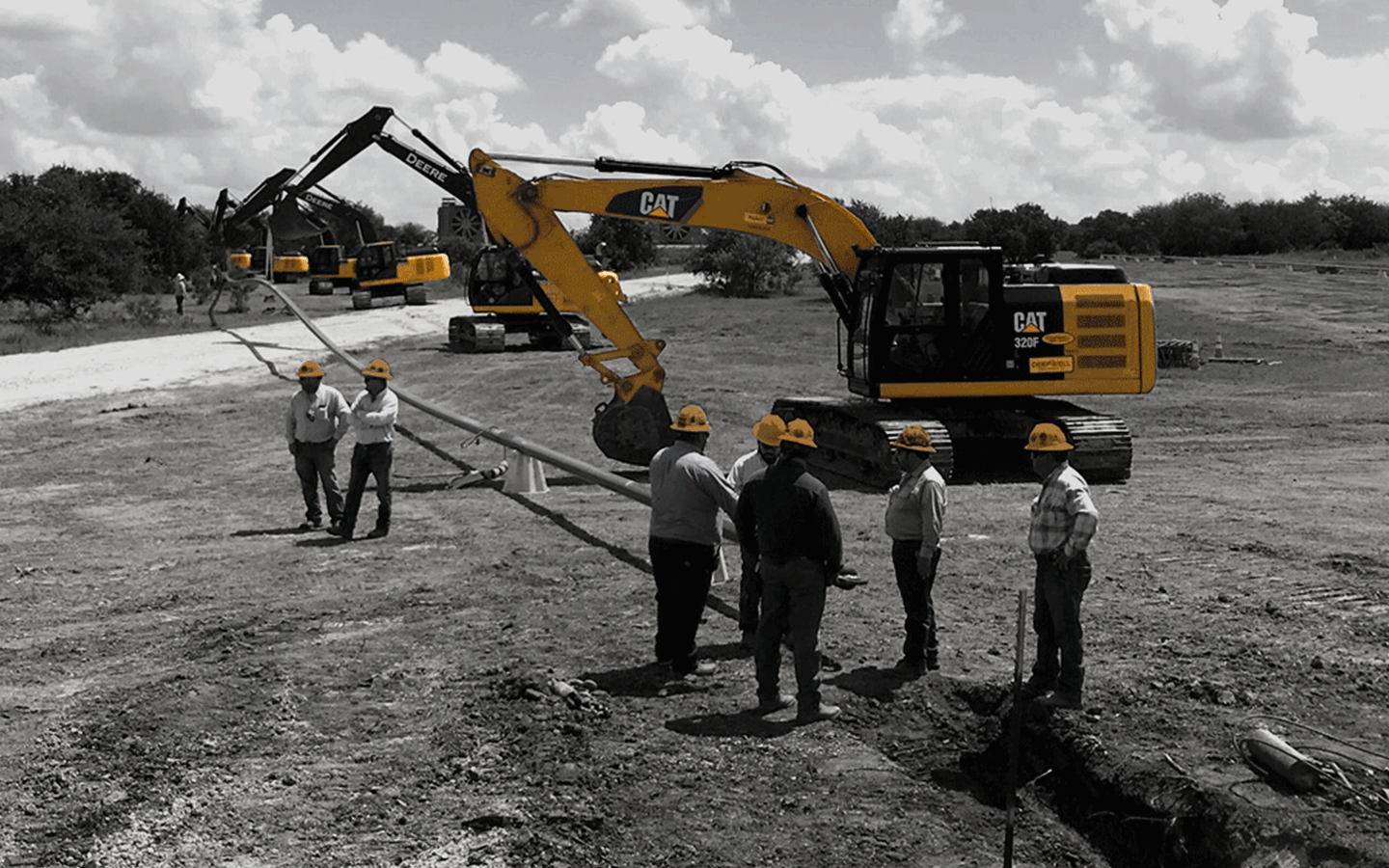All About Oil Field Equipment and Pipeline Equipment: Key Insights and Essential Info
Oil field equipment and pipeline systems play an essential duty in the oil and gas market. They are crucial for the effective extraction and transport of hydrocarbons. Trick parts, such as drilling rigs and storage tanks, directly influence functional success. Meanwhile, improvements in technology pledge to improve security and efficiency. Understanding these aspects is essential for any person associated with or interested in this complex industry, as it sets the phase for deeper exploration of market techniques.

Overview of Oil Field Equipment
As the need for oil continues to expand, comprehending the equipment made use of in oil fields comes to be progressively important. Oil field equipment includes a large range of equipment and devices vital for exploration, extraction, and processing. Key components include piercing rigs, which are critical for reaching oil storage tanks, and manufacturing equipment, such as separators and pumps, that assist in the extraction procedure. Superior Rentals Contact. Furthermore, tank play a significant duty in holding petroleum before transport. Safety and security devices, consisting of blowout preventers and pressure evaluates, guarantees operational security and performance. Each item of equipment functions cohesively to enhance production and preserve effective operations. Knowledge with this equipment is essential for professionals in the industry to guarantee effective procedures and adherence to security criteria
Kinds Of Drilling Rigs and Their Applications
Drilling rigs work as the backbone of oil removal operations, with various types created for specific geological conditions and functional demands. The most typical types consist of rotary drilling rigs, which utilize a rotating drill little bit to pass through the planet, and cord device rigs, understood for their percussion drilling technique. For offshore operations, jack-up rigs and semi-submersible rigs offer stability and support in marine settings. In addition, directional exploration rigs make it possible for drivers to pierce at angles, reaching down payments that are not vertically accessible. Each gear type has special advantages, maximizing effectiveness and safety and security based upon the drilling environment. Picking the suitable rig is crucial for optimizing source removal while lessening ecological influence and operational expenses.

Important Pipeline Equipment and Their Functions
Pipeline framework is vital for the transport of oil and gas from removal sites to processing facilities and end-users. Different necessary equipment components promote this procedure. Pipelines themselves act as the main channels, replacing water main to house created to endure high stress and corrosive materials. Pump stations are important for keeping flow by boosting stress along the pipeline. Valves play an essential function in regulating circulation and separating areas for maintenance. In addition, installations and ports ensure protected joints in between pipe sections. Keeping track of systems, consisting of circulation meters and stress sensors, are essential for discovering leaks and enhancing circulation prices. Pigging devices is utilized for upkeep and cleaning, securing pipeline stability and effectiveness. Together, these elements develop the foundation of a reliable pipeline system.
Innovations and Technologies in Oil and Gas Equipment

Security and Maintenance Practices in the Oil Sector
While the oil industry has actually made substantial strides in modern technology and performance, the importance of durable security and upkeep techniques can not be overemphasized. Effective safety and security procedures are important to protect workers and the atmosphere, lessening the threat of crashes and spills. Routine assessments and maintenance of tools aid recognize possible issues prior to they escalate, ensuring functional honesty. Training programs for staff members are important, emphasizing the value of safety and security understanding and emergency situation reaction procedures. Furthermore, adherence to market guidelines and criteria cultivates a culture of safety and security. Implementing innovative tracking technologies can additionally enhance maintenance techniques, enabling real-time evaluations of equipment conditions. Ultimately, prioritizing safety and maintenance is important to the sustainability and success of the oil wikipedia reference sector.
Frequently Asked Questions
What Are the Ecological Influences of Oil Field Equipment?
The environmental influences of oil field equipment include habitat devastation, water contamination, and air pollution (Superior Rentals midland). Additionally, devices malfunction can bring about spills, detrimentally influencing wildlife and ecological communities, highlighting the need for rigorous policies and monitoring
Just How Is Oil Field Equipment Delivered to Remote Locations?
Transporting oil field equipment to remote areas commonly entails specialized automobiles, helicopters, or barges. Logistics business coordinate paths, making certain devices gets here securely and successfully, thinking about terrain and ease of access to decrease hold-ups and make the most of efficiency.
What Regulative Specifications Govern Oil Field Equipment?
Governing requirements regulating oil field equipment mainly include safety and security, environmental defense, and operational effectiveness guidelines. Agencies such as OSHA and EPA apply these regulations to ensure secure techniques and reduce eco-friendly effect in oil extraction operations.
What Skills Are Needed to Run Oil Area Machinery?

Just How Do Oil Prices Affect Equipment Demand and Usage?
Oil rates significantly influence tools demand and usage. Higher prices usually bring about enhanced expedition and manufacturing tasks, driving demand for equipment. On the other hand, reduced rates might lead to lowered operations and lowered demand for equipment.